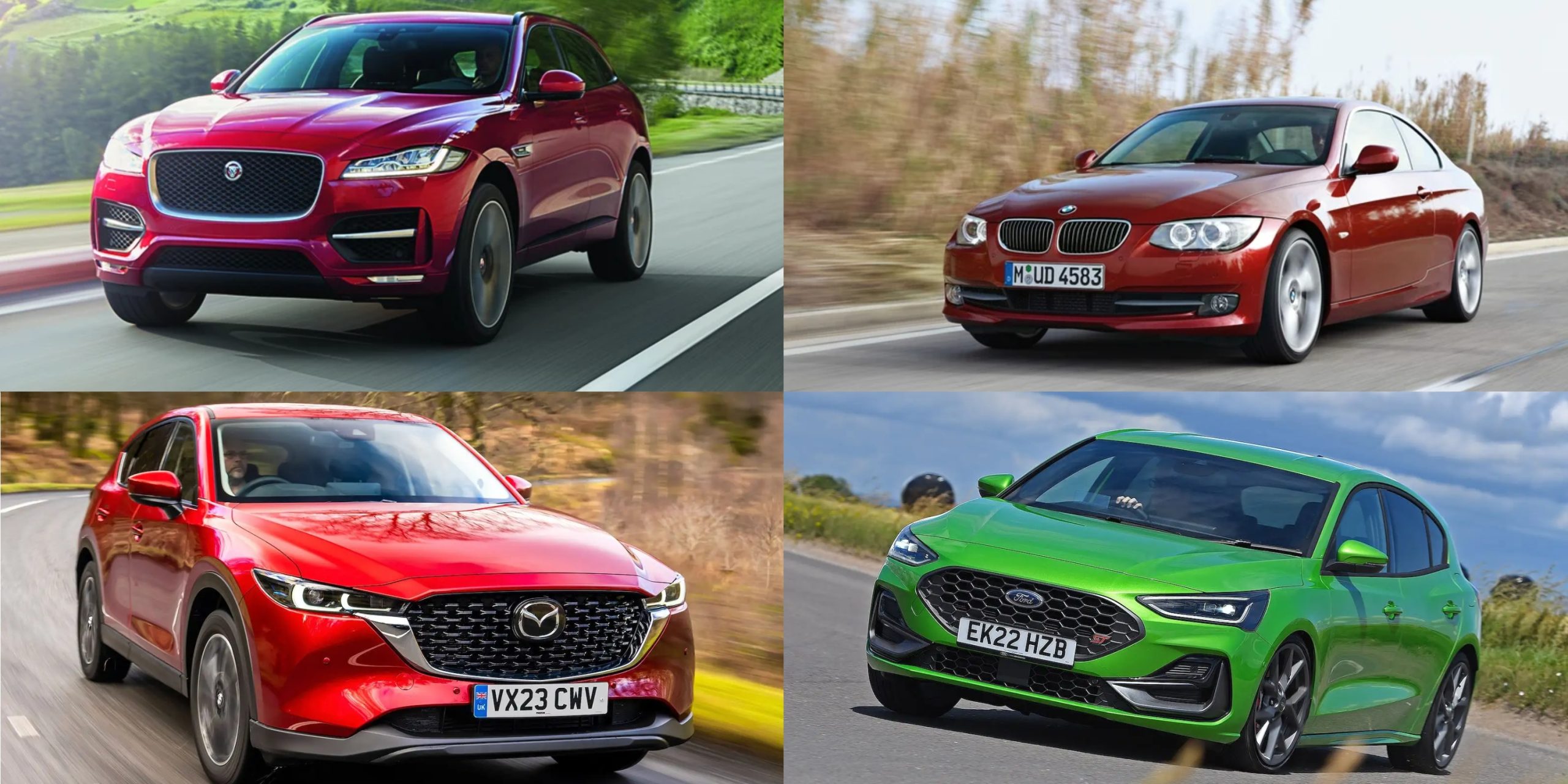Diesel cars might not be as popular with the Government or most car buyers these days, but they can still be a good choice for many people.
They can be the best pick for drivers who spend a lot of time on the motorway, since they usually use less fuel than petrol cars, can go further on one tank, and take less time to fill up compared to fully electric cars.
A diesel car is also a smart option if you need a strong vehicle for towing a caravan or trailer, as they usually have more power for that kind of work.
Still, many diesel cars aren’t as reliable as cars that use other kinds of fuel. In fact, diesels have the most issues, with 31% having a problem. Fully electric cars are not far behind, with 27% having reported faults.
Also Read: 10 Overengineered Cars That Still Beat Modern Models
Petrol cars are sturdier, with a problem rate of 20%, and hybrids are the most reliable, with just 17% of plug-in hybrids (PHEVs) and 18% of standard hybrids having problems.
Diesel cars are also the least likely to be fixed without charge; only 67% of these repairs were paid for by the car maker, and 6% of owners had to pay more than £1500 for repairs. On the other hand, 91% of hybrid owners didn’t have to pay anything, and only 2% had bills over £1500.
Most Reliable Diesel Cars
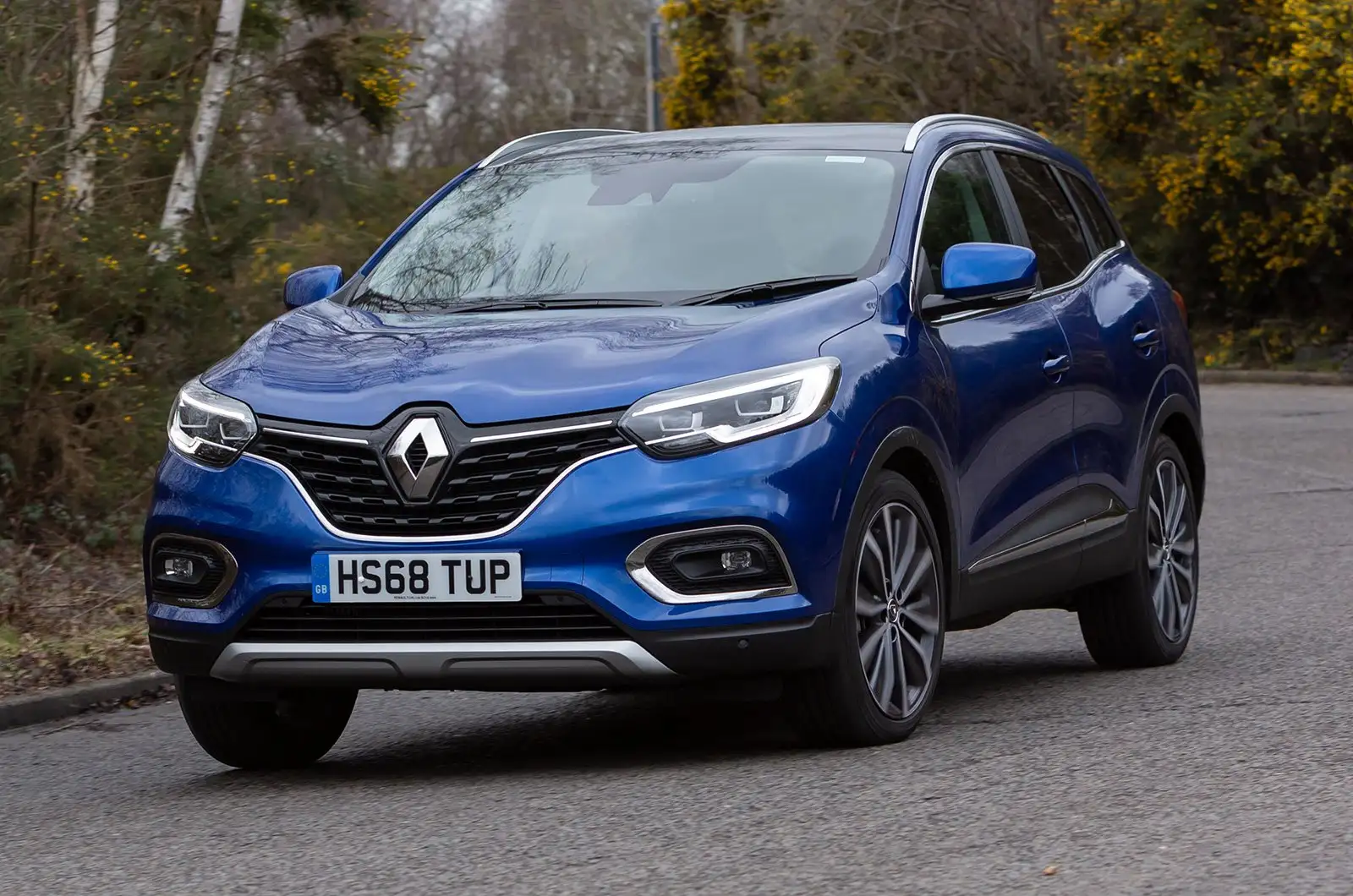
Renault Kadjar 2020
Reliability rating: 98.6%
The Renault Kadjar shares many parts with the second-generation Nissan Qashqai, which is a good thing because it’s spacious, comfortable, and has a bigger boot than the Nissan. Besides quiet petrol engines, it offers two diesel engines that are fuel-efficient and give off less pollution.
The Kadjar is not only one of the top-rated family SUVs for reliability, it’s the best diesel in this group. Only 12% of the diesel Kadjars in our report had a problem, and the only issues were with the suspension and some electrical parts not related to the engine. All these issues were small and were sorted out in a day or less by the dealers. Even better, the car maker paid for all the repairs.
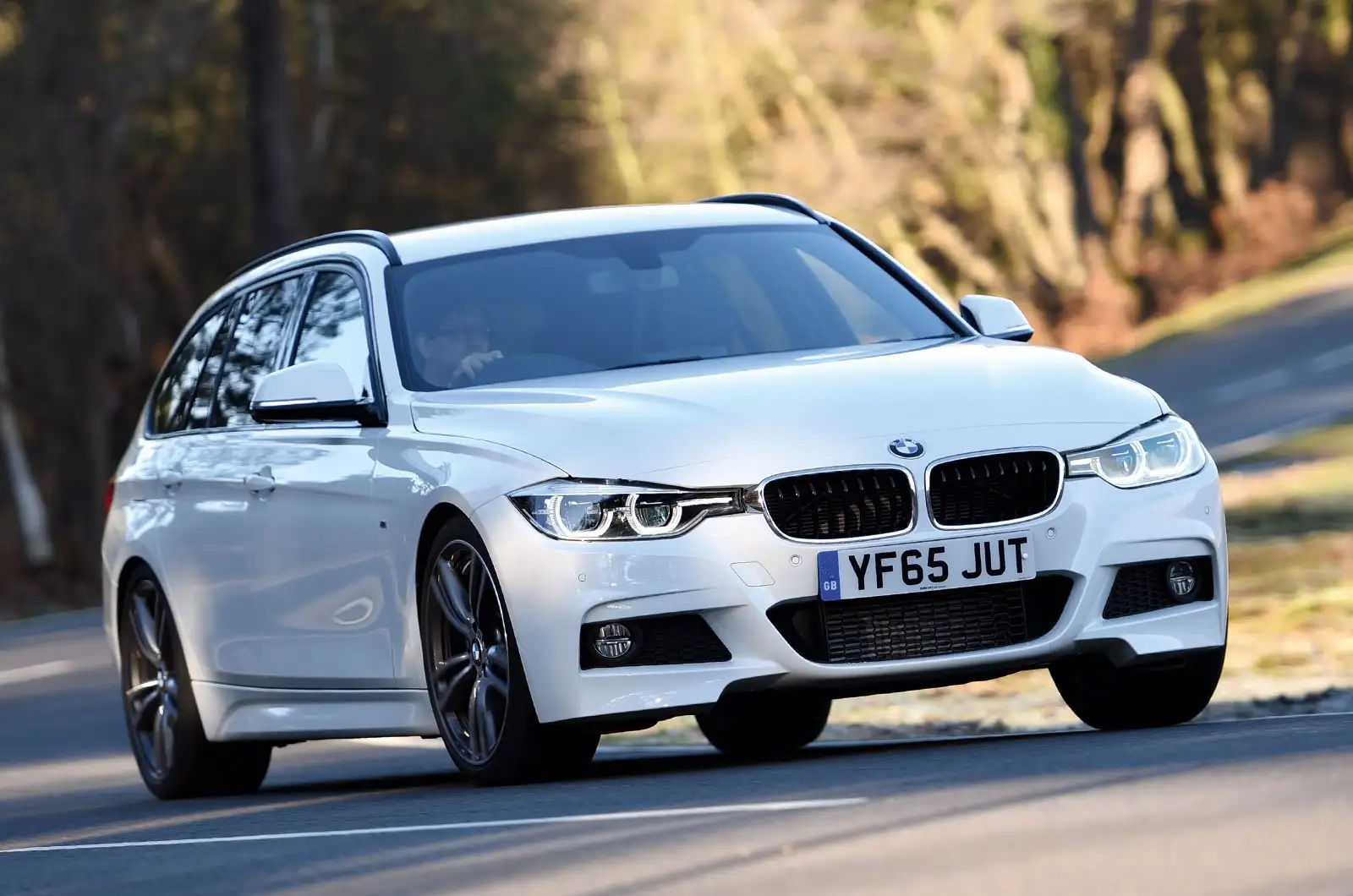
BMW 3 Series (2012–2019)
BMW 3 Series Touring
Reliability rating: 96.5%
Most common faults: 12-volt battery 4%, bodywork 4%, suspension 4%
Average repair cost: 50% £0, 50% £101–£200
Typical time off road: one day or less
The older BMW 3 Series is an excellent used executive car. It’s fun to drive and has a classy, well-designed interior that’s nicer and easier to use than many more expensive cars. While the engines include petrol and hybrid versions, most used 3 Series cars are diesels. That’s not a bad thing because they’re all smooth and powerful. The cheapest diesel version, the 320d, has an official fuel economy of 72.4mpg.
The 3 Series is holding up well over time: only 15% of the ones we heard about had any problems, and all were fixed by BMW dealers within a day or less. The manufacturer only paid for half of the repairs, but none of the bills went over £200, so the costs weren’t too heavy.

BMW 3 Series (2019–present)
BMW 3 Series front right driving
Reliability rating: 96.0%
Most common faults: engine electrics 10%, bodywork 3%, non-engine electrics 3%
Average repair cost: 80% £0, 20% £1–£50
Typical time off road: 20% one day or less, 60% a week or more
The newest 3 Series is a nearly perfect executive car. It’s very enjoyable to drive, offers a strong choice of petrol, diesel, and hybrid engines, and includes one of the best infotainment systems available.
Diesel versions of the newest 3 Series have slightly more problems than the older models: 17% of these cars had something go wrong, compared with 15% for the earlier 3 Series. They also have more faults than the petrol versions, which only had a 9% problem rate. Still, fixing these issues didn’t cost much — BMW covered 80% of the repairs, and the rest cost under £50 each. The only real issue is that 60% of the affected cars were at the garage for more than seven days.
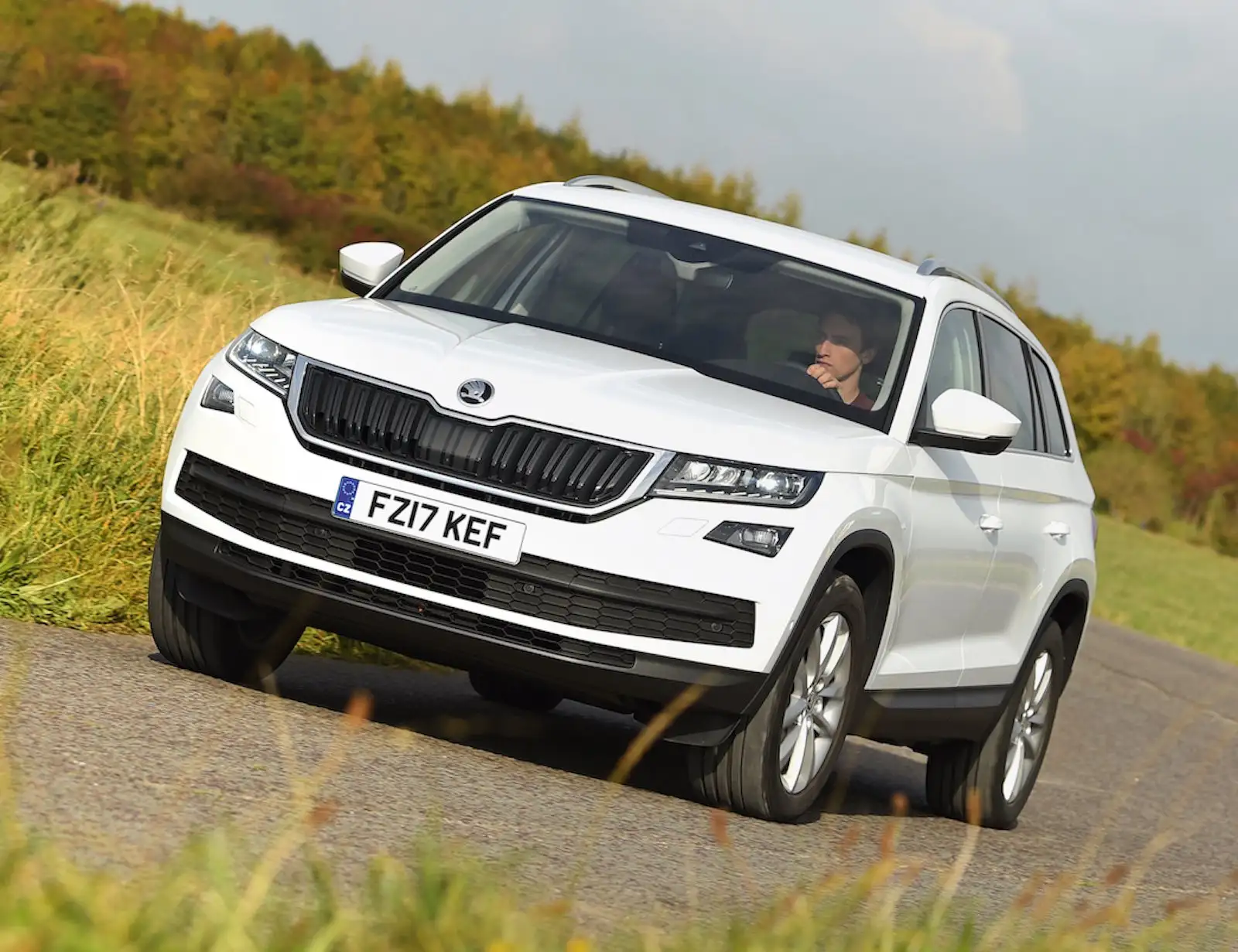
Skoda Kodiaq (2017–2024)
Skoda Kodiaq front cornering
Reliability rating: 94.7%
Most common faults: exhaust 6%, non-engine electrics 6%, air-con 2%, brakes 2%, engine 2%, interior trim 2%
Average repair cost: 73% £0, 18% £301–£500
Typical time off road: 46% one day or less, 18% more than a week
The Skoda Kodiaq is one of the most useful seven-seat SUVs you can get, and it’s a good value secondhand choice. It has a spacious, stylish interior and a strong yet fuel-efficient 2.0-litre diesel engine.
There’s another reason to go for a diesel Kodiaq. Owners say it has fewer problems than the petrol version — 20% of diesel Kodiaqs had faults, compared with 22% of petrol ones. The most common problems were with the exhaust and electrics, but most of these were sorted out within a day. While Skoda didn’t pay for every repair, they did cover 73% of the costs, and only 18% of owners had to pay up to £500 to get the car fixed.
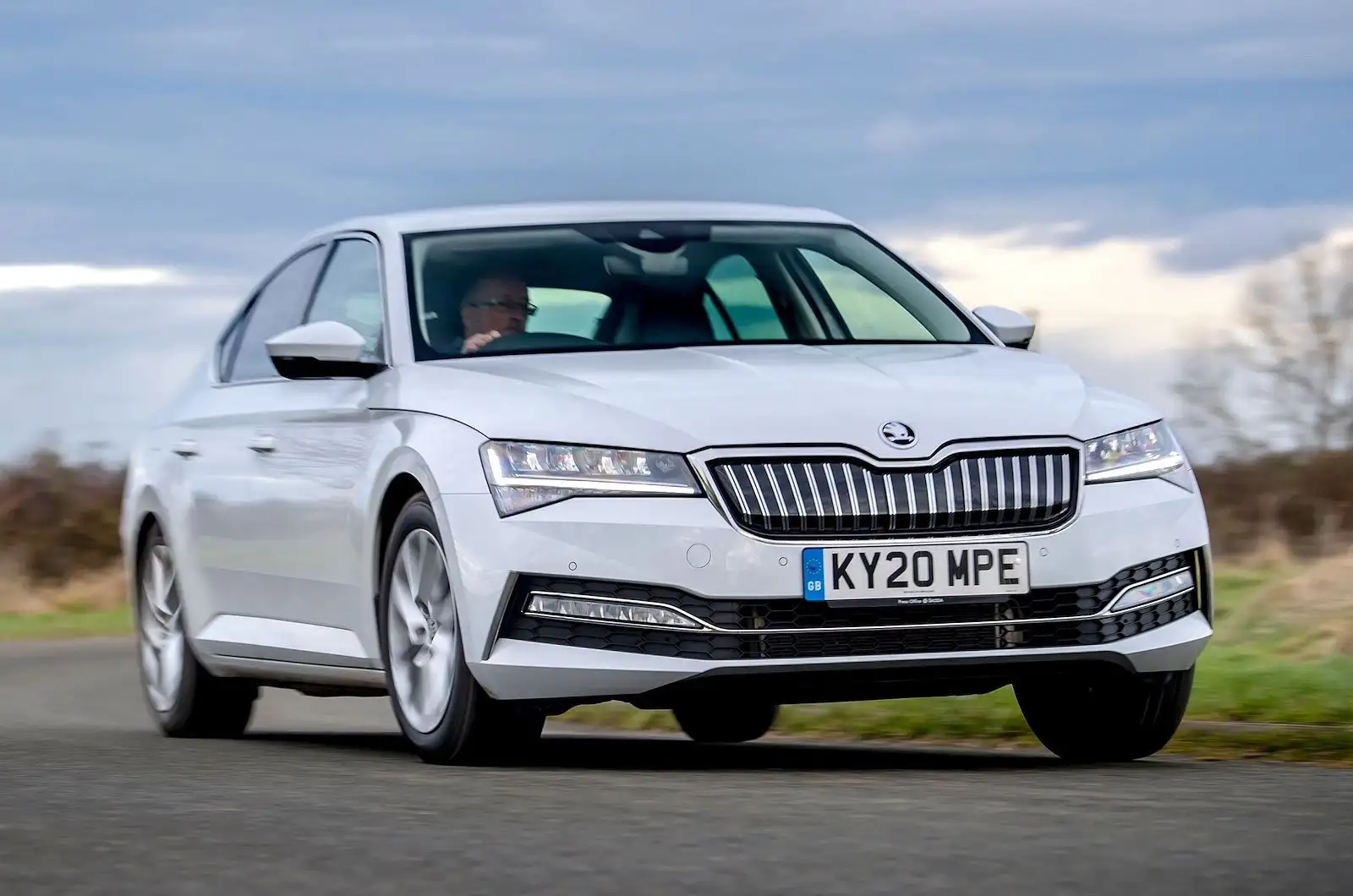
Skoda Superb (2015–2024)
Skoda Superb front cornering
Reliability rating: 92.9%
Most common faults: engine 6%, suspension 6%
Average repair cost: 67% £0, 33% £200–£350
Typical time off road: 33% one day or less, 67% more than a week
If you’re looking for a family car with loads of space inside, the Superb is a great option. Other good things about it include a high-quality interior and affordable prices for used versions. The 118bhp 1.6-litre and 148bhp 2.0-litre diesel engines were the most popular when the car was new, so there are many secondhand diesel Superbs available now.
There’s another good reason to go for a diesel Superb instead of a petrol one: it has a better track record for reliability. Only 13% of diesel models had issues, compared with 35% of petrol versions. Skoda and its dealerships fixed two-thirds of the cars at no cost. The only downside for some people was that many repairs took more than a week.
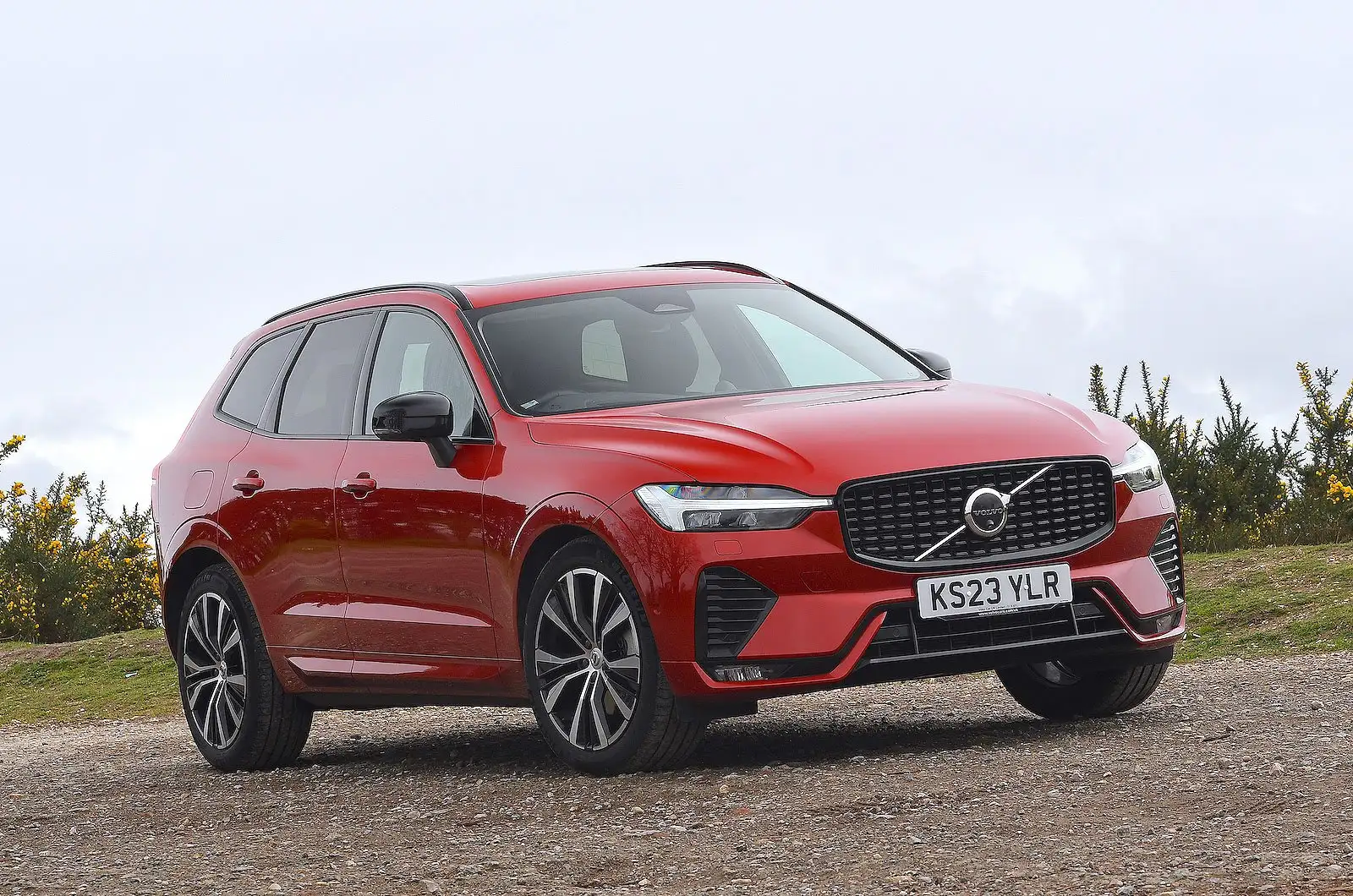
Volvo XC60 (2017–present)
Volvo XC60 front right static
Reliability rating: 92.6%
Most common faults: non-engine electrics 7%, sat-nav/infotainment system 7%, 12-volt battery 4%, bodywork 4%, brakes 4%, engine 4%, steering 4%
Average repair cost: 67% £0, 33% £50–£350
Typical time off road: 44% one day or less, 22% more than a week
You can’t get a new diesel Volvo XC60 in the UK anymore — it stopped being sold in early 2024 — but it’s still a very good choice if you’re shopping for a secondhand family SUV. It feels like a slightly smaller version of the larger Volvo XC90, has a high driving position, and looks stylish both inside and outside.
Diesel versions of the XC60 are a bit more reliable than the petrol or plug-in hybrid (PHEV) ones. 14% of diesel XC60s had problems, compared with 16% of the petrol and hybrid models. Most faults were fixed in less than a week and didn’t cost the owners anything, although some repairs went up to £350.
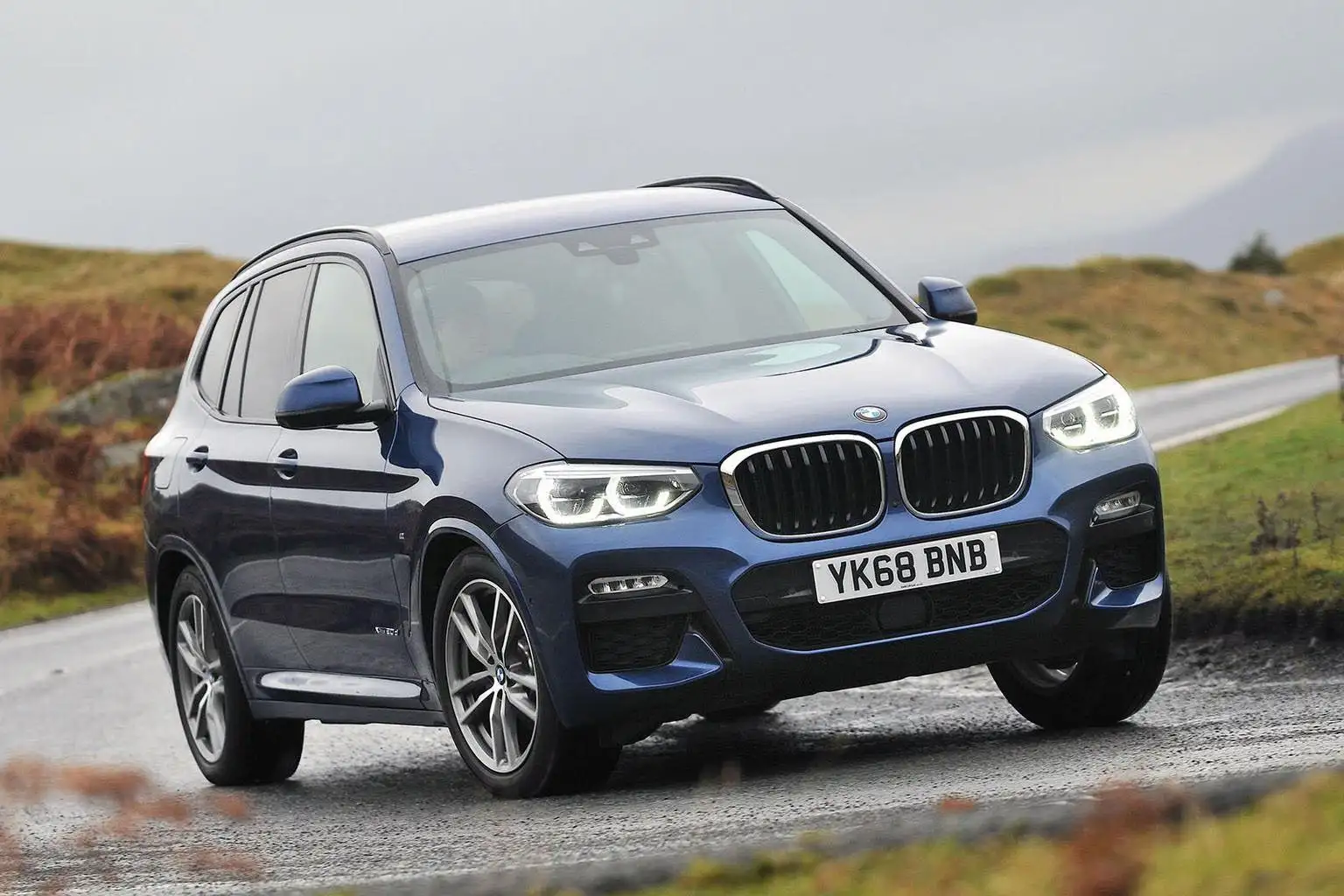
BMW X3 (2018–2024)
Reliability rating: 92.4%
Most common faults: engine 4%, engine electrics 4%, exhaust 4%, sat-nav/infotainment system 4%, air-con 3%, bodywork 3%
Average repair cost: 78% £0, 6% more than £1500
Typical time off road: 28% one day or less, 28% more than a week
Don’t ignore the 2018–2024 version of the BMW X3 just because a newer model is now on sale. It’s still one of the top large SUVs available. It comes with lots of modern technology, plenty of space inside, and a smooth, quiet ride. It’s also a smart used car buy, with prices that are similar to what you’d pay for a new BMW 1 Series.
Both diesel and petrol X3 models have a fault rate of 23%, which is fair. Diesel versions have fewer problems with the sat-nav and infotainment systems compared to petrol ones. However, diesel repairs can cost more. BMW covered all the costs for petrol repairs but only paid for 78% of the diesel ones. Petrol cars were also fixed faster — 43% were sorted out in a day or less, while only 28% of diesel cars were repaired that quickly.
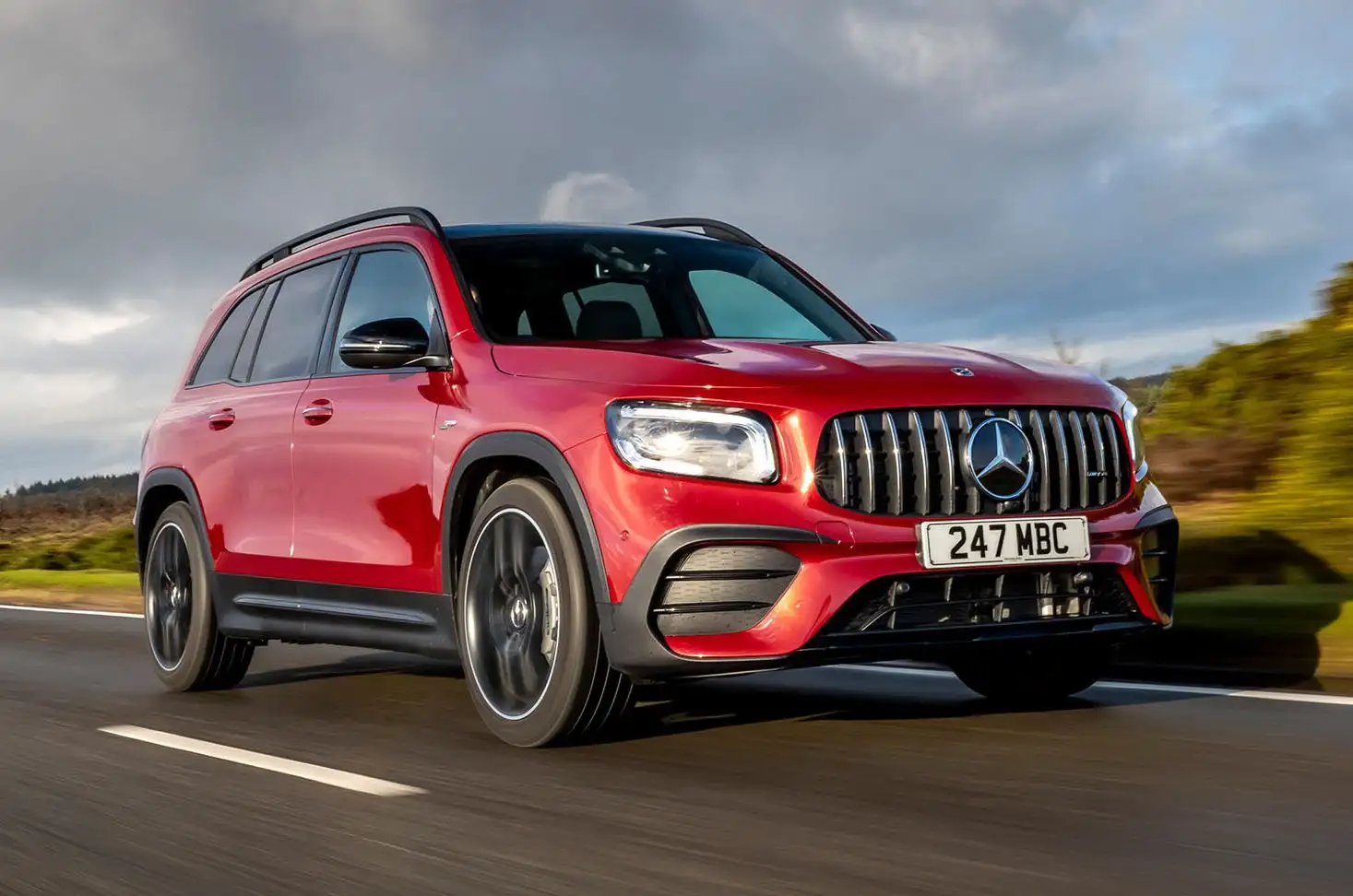
Mercedes GLB (2019–present)
Reliability rating: 92.3%
Most common faults: non-engine electrics 18%, air-con 6%, interior trim 6%, sat-nav/infotainment 6%, bodywork 3%, engine electrics 3%
Average repair cost: £0
Typical time off road: 39% one day or less, 54% more than a week
The GLB is built on the same base as the B-Class MPV, but it’s a useful seven-seat SUV that competes with the Land Rover Discovery Sport. It’s good for carrying people or luggage, and the version we recommend has a powerful 2.0-litre 220d diesel engine.
Although 35% of GLB models in the survey had some kind of problem, every fault was repaired at no cost to the owner. 39% of the repairs were done in a day or less. All work was fully covered by Mercedes and its dealers.
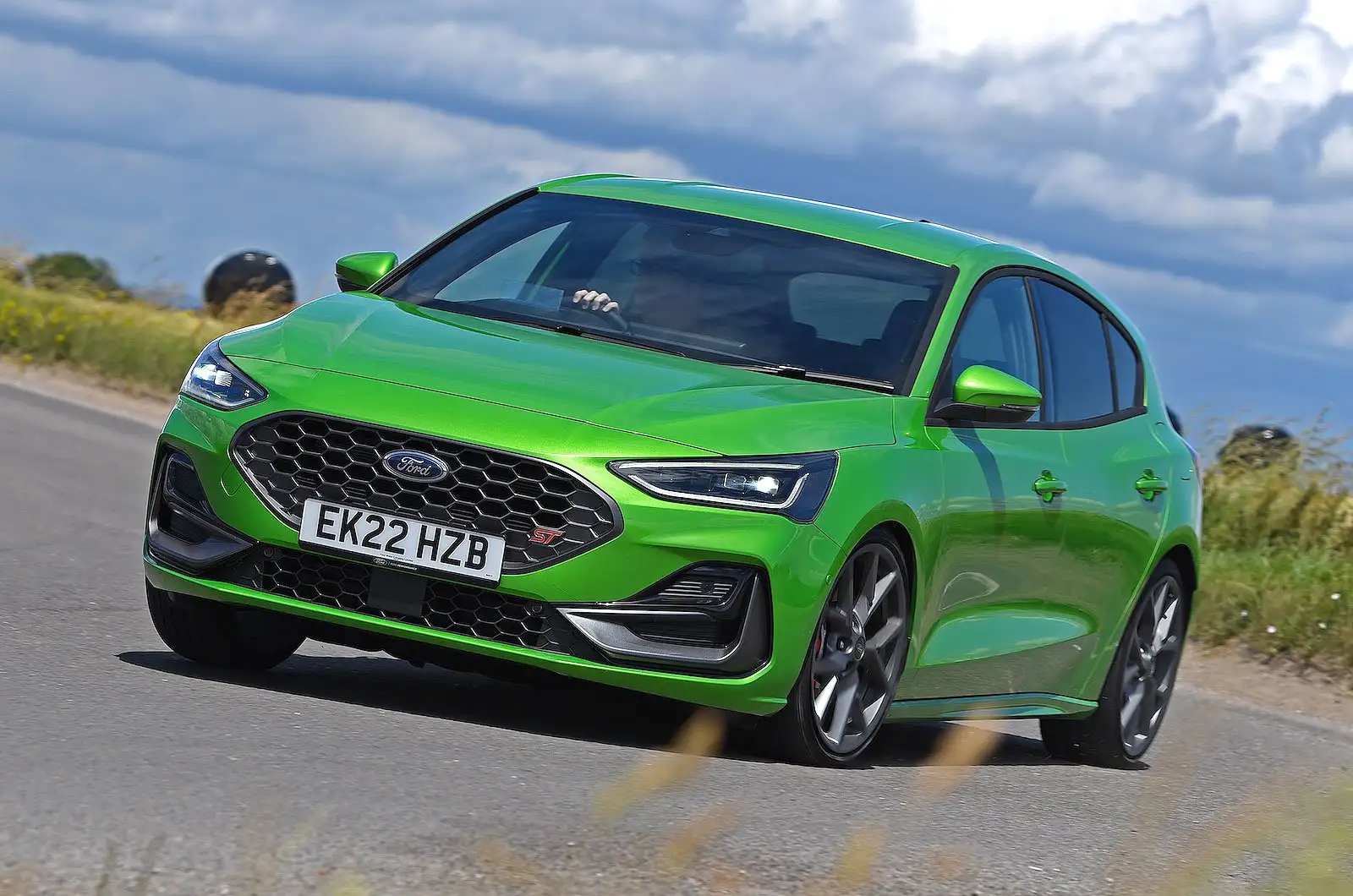
Ford Focus (2018–present)
Ford Focus ST front cornering
Reliability rating: 89.7%
Most common faults: non-engine electrics 20%, battery 6%, brakes 6%, exhaust 6%, gearbox/clutch 6%
Average repair cost: 86% £0, 14% £351–£500
Typical time off road: one day or less 14%, one day to a week 71%
The Ford Focus is great to drive, practical, and cheap to buy and maintain. It’s a top family car and one of the best cars for driving enjoyment in its class, especially if you choose the ST-Line version. In addition to its fun handling, the Focus is comfortable, quiet on the road, and has plenty of space inside.
However, if you’re thinking about getting a Ford Focus, you might want to choose a petrol model over a diesel one. That’s because 33% of diesel models had problems, compared to just 9% of petrol models. Electrical issues were the main problem, and 71% of the cars needed a week or less to be fixed. At least Ford covered most of the repair costs.
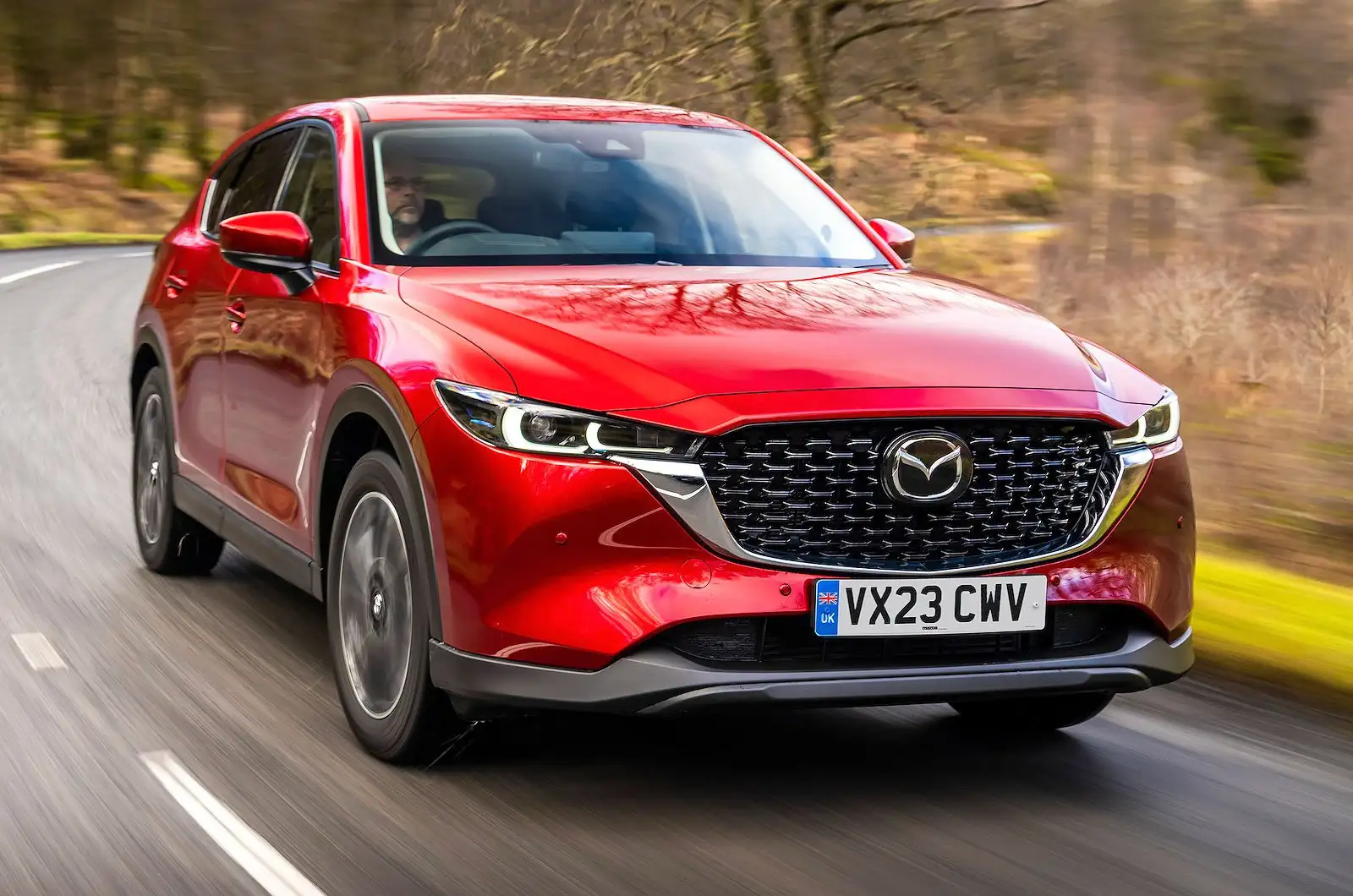
Mazda CX-5 (2017–present)
Red Mazda CX-5 front right driving
Reliability rating: 88.5%
Most common faults: exhaust 11%, non-engine electrics 11%, bodywork 7%, brakes 7%, engine 7%, interior trim 7%
Average repair cost: 71% £0, 7% £351–£750
Typical time off road: 67% one day or less, 13% more than a week
The Mazda CX-5 is a five-seat family SUV that is small enough for tight parking spaces and fun to drive on winding country roads. Although it doesn’t have a luxury brand name, it has a high-quality interior and is more affordable than similar German-built cars.
Mazda usually has a good reputation for making reliable cars, but the CX-5 has a higher fault rate of 48%. While Mazda dealers fixed most issues quickly, some took more than a week to sort out. More concerning is that some owners had to pay up to £750 for repairs.
The Least Reliable Diesel Cars
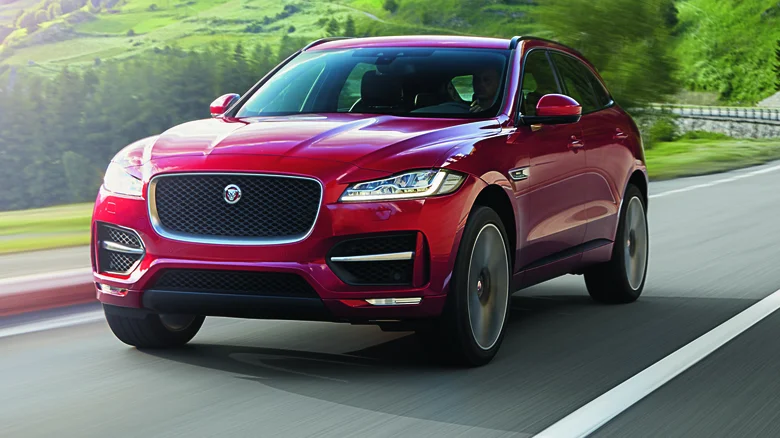
Jaguar Land Rover 2.0 Ingenium (2015 to Present)
Land Rover and Jaguar are known for making cars that can be unreliable and expensive to repair, so it’s not surprising that one of their engines is on this list. The AJ200D 2.0-liter Ingenium is a four-cylinder diesel engine with common rail injection, and it comes in either a turbocharged or twin-turbocharged version. The power output ranges from 150 hp to 240 hp, which is quite high for a small diesel engine. For example, a Jaguar F-Pace with this engine can reach 62 mph in 7.2 seconds while getting 41 mpg.
However, the money you save on fuel may end up being spent on repairs. This is especially true for earlier versions of the AJ200D, which were known for having issues with the timing chain. This might surprise some, as timing chains are supposed to last longer than belts. In this case, the timing chain problem was mostly caused by a failure of the tensioner, which made the chain stretch. Premature wear on the balancer bearings was also a common issue.
Another problem with this engine is oil dilution, which happens when oil mixes with the diesel fuel. This can lead to internal parts wearing out sooner or oil overflowing into the engine. Like many modern diesel engines, the AJ200D also has issues with a clogged DPF filter and EGR valve, though these are easier to fix. Jaguar Land Rover didn’t help matters by suggesting an oil change interval of 21,000 miles or two years, whichever comes first. In reality, changing the oil more often could make the engine more reliable.
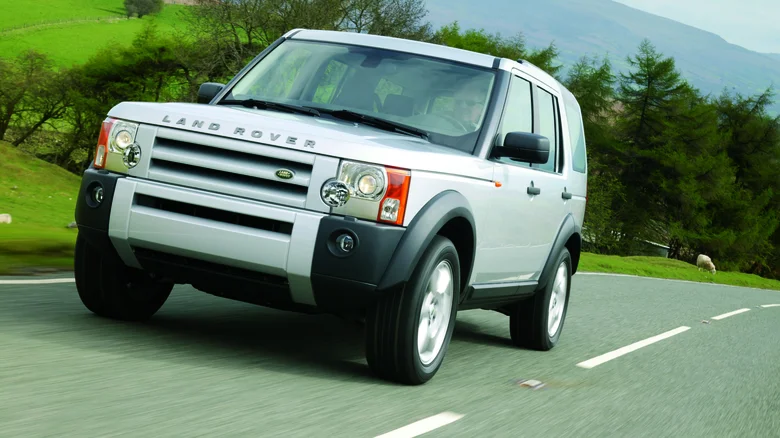
Jaguar Land Rover 2.7 & 3.0 TDV6 (2004 to 2020)
The TDV6 diesel engines from Jaguar Land Rover were developed with Ford and Peugeot-Citroen. The earlier versions had a 2.7-liter engine, which increased to 3.0 liters in 2009. Both sizes came in turbocharged or twin-turbocharged versions, offering up to 306 hp and an impressive 516 lb-ft of torque. These engines all used Common Rail diesel injection.
The main issue with these engines, especially the older ones, was broken crankshafts and bearing failures. This is a serious problem that often requires either a new half-engine or a complete engine repair. Interestingly, the crankshaft issue mostly happened in models with a six-speed automatic ZF transmission, possibly due to harmonic vibrations.
These engines also had plastic thermostat housings that could crack, leading to overheating. Oil leaks were common in these engines, particularly from the crankshaft oil seals. Like many modern diesel engines, clogged EGR valves were a problem as well. To make matters worse, units with Siemens Common Rail systems and piezo injectors could starve the cylinder of fuel, which could result in high combustion temperatures, misfires, or even melted pistons if not fixed quickly.
Jaguar Land Rover admitted to the issues with broken crankshafts and failed bearings and issued a service bulletin in 2014. So, newer versions of this engine are expected to be more reliable or at least less likely to have the same problem. However, it’s worth noting that Land Rover has built some very reliable engines over the years as well.
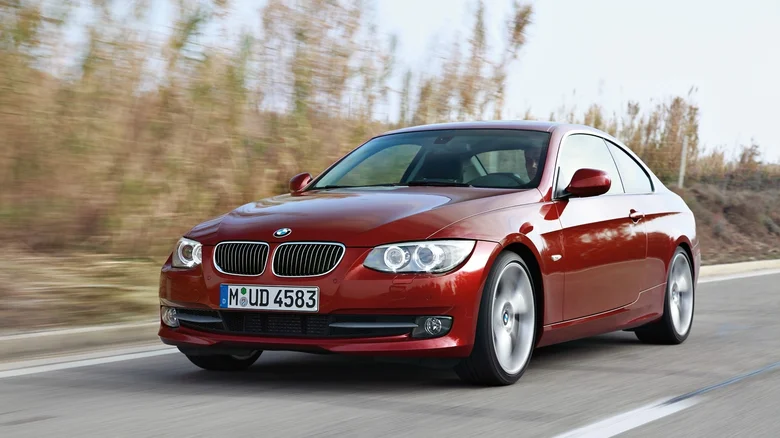
BMW N47 (2007 to 2011)
BMW’s N47 turbodiesel engines were advanced for their time, offering top-notch performance and fuel efficiency. There were two four-cylinder versions available: a 1.6-liter and a 2.0-liter. In the facelifted fifth-gen BMW 320d, the N47 produced 177 hp and delivered an impressive 49 mpg combined.
Sadly, the N47 is well-known for having timing chain issues that affected many units. The timing chain could become loose because of damaged crankshaft sprockets, which would initially affect engine performance. If the owner didn’t take action quickly, this problem could stop the engine from starting. If the timing chain broke, it could cause major damage to the engine, requiring either a rebuild or a new engine.
To make matters worse, some N47 engines didn’t make any noise before the timing chain snapped, so owners wouldn’t have known about the issue. Even if the owner acted in time, replacing the timing chain is an expensive job that requires removing the engine. The N47 also had other issues, such as problems with the turbocharger, which could result in a blown engine.
In 2021, BMW recalled 800,000 diesel engines from the N47, N57, and B47 families because of a fire risk. A coolant leak from the EGR coolers could mix with soot from the engine, potentially causing a fire. Fortunately, BMW addressed this problem with the recall. They also upgraded the timing chain, and from 2011 onward, it was no longer a concern. This upgrade has made newer BMWs much more reliable.
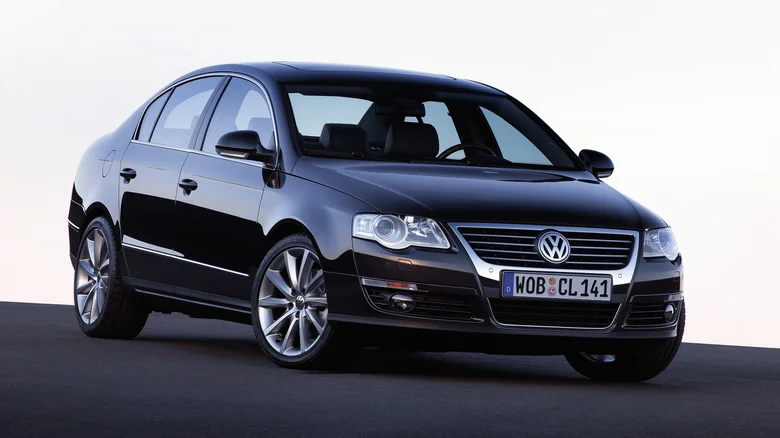
Volkswagen 2.0 TDI Pumpe Düse (2004 to 2009)
Every modern diesel engine uses a system called common rail direct injection, which has one high-pressure pump and a fuel rail that controls the pressure going to each injector. However, at the start of the 2000s, VW developed its own high-pressure diesel injection system called Pumpe Düse, where each injector had its own high-pressure pump. This setup meant the 2.0-liter TDI engine had four high-pressure diesel pumps, which were prone to failure!
Despite its complexity, the Pumpe Düse system had some benefits. The higher injection pressure allowed for better performance and fuel economy. The most popular 2.0 TDI unit, for example, came in 138 hp and 168 hp versions, with the more powerful one achieving an excellent 39 mpg combined in the 2005 Passat. That’s pretty impressive for a sedan that could reach 139 mph! Additionally, the 1.9 TDI engine, which is one of the most reliable diesel engines ever made, also used similar injectors in later versions.
However, the 2.0 TDI Pumpe Düse had its problems. The camshaft, which drove each of the injectors, was under a lot of stress, leading to the need for more frequent timing belt changes. The engine also suffered from oil pump failures, which could result in expensive turbocharger and engine repairs. These issues led VW to abandon the technology and switch to common rail diesel engines.
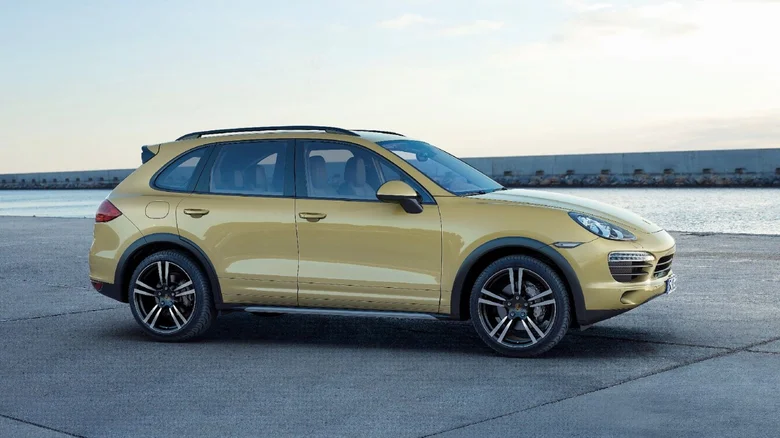
Volkswagen/Audi 3.0 TDI V6 (2004 to 2013)
The VW Group was familiar with common rail technology even when the 2.0 TDI Pumpe Düse was still in use. One of the first engines using common rail was the 3.0 TDI V6, introduced in 2004.
Designed for VW Group’s luxury cars, this six-cylinder engine was impressive, producing up to 245 hp and 406 lb-ft of torque while maintaining great fuel economy. For example, the 3.0 TDI V6 in the 2011 Porsche Cayenne got 32 mpg combined.
Unfortunately, this engine became known for breaking down early, often around the 100,000-mile mark. It had several costly problems. The timing chain tensioner frequently failed, which could cause the timing chain to wear out too quickly, leading to expensive engine repairs.
Also Read: 10 Cars Great for Road Trips and 10 Cars to Avoid
The piezoelectric injectors often failed as well, unable to provide the right amount of diesel to the cylinders, which caused higher combustion temperatures. As a result, broken pistons were common in this engine.
There were even more issues. On some versions of the engine, the camshaft sprockets could break, causing small metal pieces to enter the engine.
In addition, the crankshaft bearings could fail due to low oil pressure. VW recommended an oil change every 30,000 km (18,600 miles) in Europe, which led to critical parts being starved of lubrication. Repairing these issues could be very expensive.

